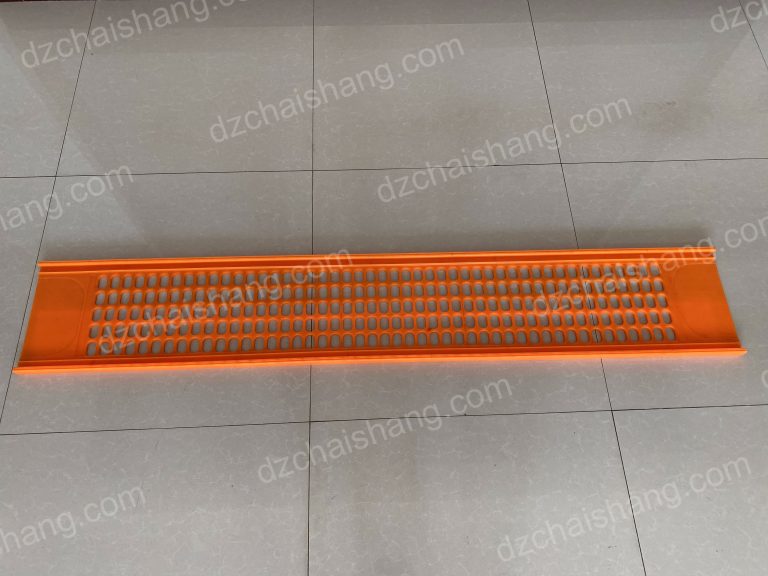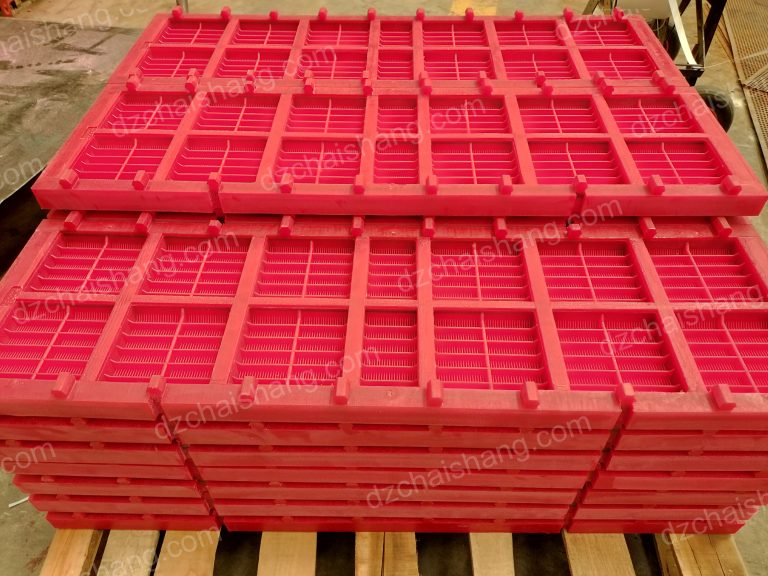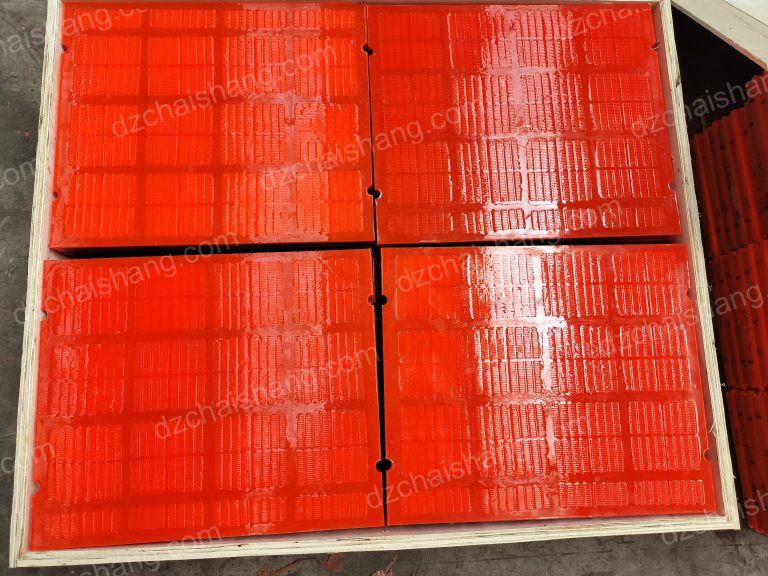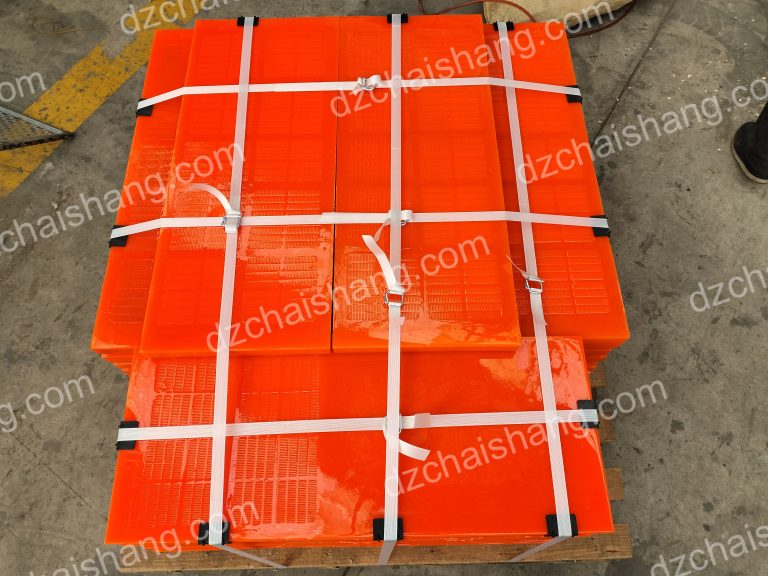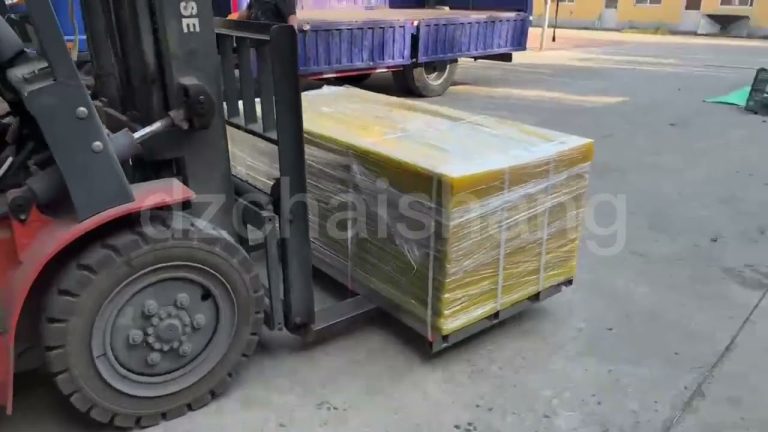Explorer l’efficacité des tamis miniers dans l’extraction minérale
Le rôle des panneaux en polyuréthane dans l’amélioration des performances du tamis de déshydratation
Les panneaux de polyuréthane sont des matériaux synthétiques connus pour leur durabilité, leur flexibilité et leur résistance à l’abrasion. Ces propriétés en font un choix idéal pour une utilisation dans les mailles de tamisage minier. Les panneaux sont conçus pour résister aux conditions difficiles de l’environnement minier, notamment l’exposition à des matériaux abrasifs, des températures élevées et des substances corrosives. Cette résilience garantit que les panneaux conservent leur intégrité structurelle, améliorant ainsi l’efficacité et la longévité des tamis de déshydratation.
L’utilisation de panneaux de polyuréthane dans les tamis de déshydratation offre également des avantages significatifs en termes d’efficacité opérationnelle. Les panneaux sont conçus avec une structure unique qui facilite la déshydratation rapide des matériaux. Cette structure comprend une série de petits trous qui permettent à l’eau de passer tout en retenant les particules solides. Ce processus de séparation efficace se traduit par un rendement plus élevé en minéraux précieux, augmentant ainsi la rentabilité des opérations minières.
De plus, la flexibilité des panneaux de polyuréthane leur permet d’être personnalisés pour répondre aux besoins spécifiques des différentes opérations minières. Ils peuvent être conçus sous différentes formes, tailles et épaisseurs pour s’adapter à différents types de minéraux et à différents degrés d’abrasion. Cette adaptabilité garantit que les panneaux peuvent être utilisés dans un large éventail d’applications minières, de l’extraction du charbon à l’exploitation de l’or, et tout le reste.
En plus de leurs avantages opérationnels, les panneaux en polyuréthane offrent également des avantages de coût significatifs. Même si l’investissement initial peut être plus élevé que celui d’autres matériaux, les économies à long terme sont substantielles. La durabilité et la résilience des panneaux réduisent le besoin de remplacements fréquents, ce qui entraîne une baisse des coûts de maintenance. De plus, l’efficacité accrue du processus de déshydratation réduit la consommation d’énergie, ce qui entraîne une baisse des coûts d’exploitation.
L’impact environnemental des opérations minières est une préoccupation croissante dans la société d’aujourd’hui. Les panneaux de polyuréthane contribuent aux pratiques minières durables en réduisant les déchets et en préservant les ressources. Le processus de séparation efficace minimise la quantité de déchets, tandis que la durabilité des panneaux réduit le besoin de nouveaux matériaux. De plus, la moindre consommation d’énergie contribue à une réduction des émissions de gaz à effet de serre.
En conclusion, les panneaux de polyuréthane jouent un rôle crucial dans l’amélioration des performances des tamis de déshydratation dans l’industrie minière. Leur durabilité, leur flexibilité et leur résistance à l’abrasion en font un choix idéal pour une utilisation dans les mailles de criblage minier. Les panneaux offrent des avantages opérationnels et financiers importants, tout en contribuant à des pratiques minières durables. Alors que la demande en minéraux continue de croître, l’utilisation de panneaux de polyuréthane dans les tamis de déshydratation va devenir de plus en plus importante à l’avenir.
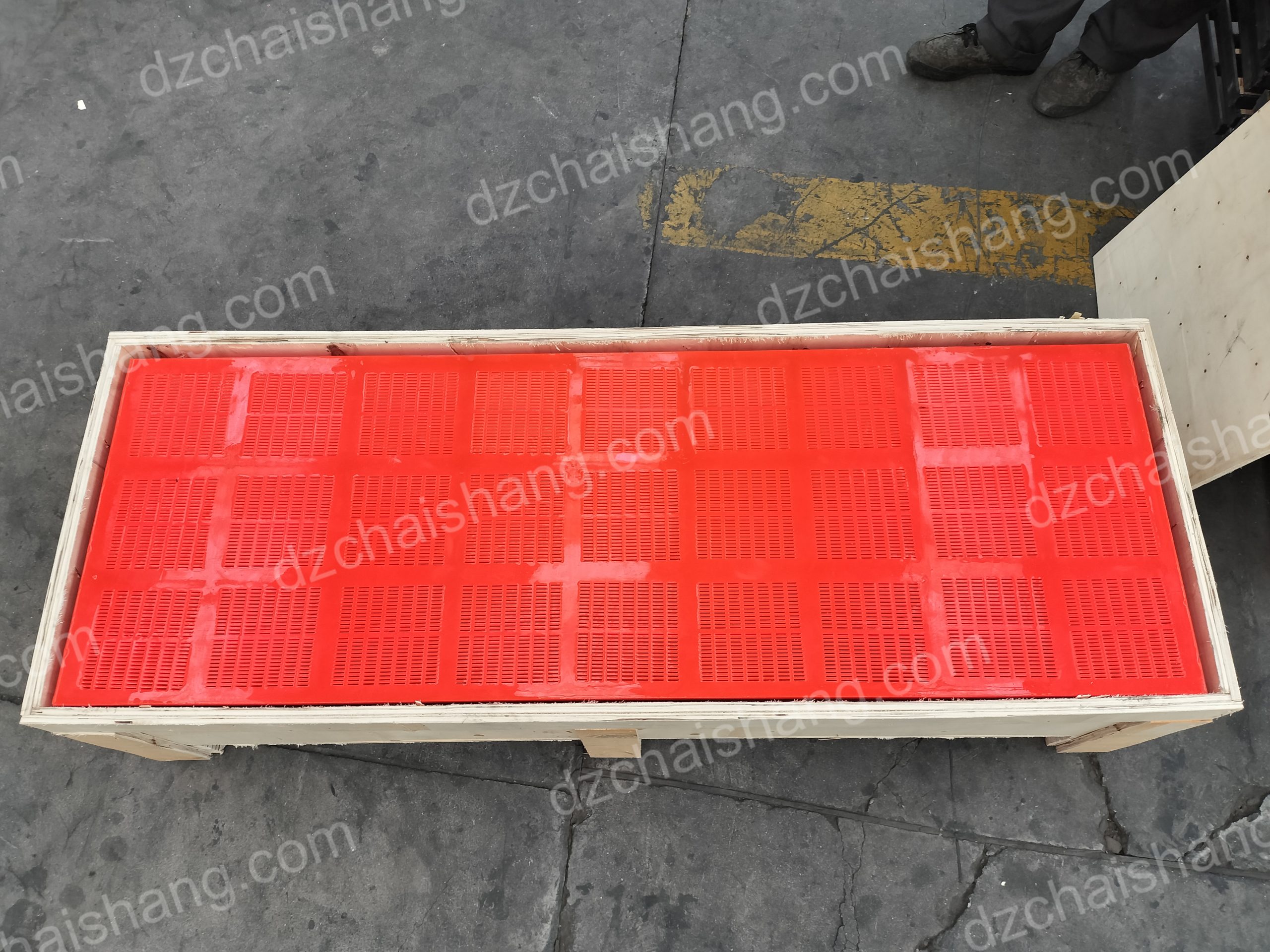
Lastly, the polyurethane panel is a type of screen media used in vibrating screens. It is made from polyurethane, a material known for its excellent abrasion resistance and long service life. The panel is designed with a series of slots or holes, which allow the passage of smaller mineral particles while larger particles are retained.
The polyurethane panel offers several advantages over traditional steel screens. It is lighter, reducing the load on the vibrating screen and increasing its lifespan. It also produces less noise and vibration, improving the working environment. Moreover, the panel’s flexibility allows it to be used in a variety of mining applications, enhancing its efficiency.
In conclusion, the mining screen mesh, dewatering sieve panel, and polyurethane panel are essential tools in mineral extraction. They enhance the efficiency of mining operations by facilitating the separation and processing of valuable minerals. Their durability, adaptability, and ease of maintenance make them ideal for the demanding conditions of the mining industry. As the demand for minerals continues to grow, these tools will undoubtedly continue to play a crucial role in meeting this demand.
The Role of Polyurethane Panels in Enhancing Dewatering Sieve Performance
The mining industry is a critical sector that significantly contributes to the global economy. One of the essential components in this industry is the mining screen mesh, which plays a pivotal role in the separation and sizing of different minerals. However, the efficiency of this process is significantly influenced by the type of material used in the construction of the screen mesh. In recent years, polyurethane panels have emerged as a preferred choice for enhancing the performance of dewatering sieves.
Polyurethane panels are synthetic materials that are known for their durability, flexibility, and resistance to abrasion. These properties make them an ideal choice for use in mining screen meshes. The panels are designed to withstand the harsh conditions of the mining environment, including exposure to abrasive materials, high temperatures, and corrosive substances. This resilience ensures that the panels maintain their structural integrity, thereby enhancing the efficiency and longevity of the dewatering sieves.
The use of polyurethane panels in dewatering sieves also offers significant benefits in terms of operational efficiency. The panels are designed with a unique structure that facilitates the rapid dewatering of materials. This structure includes a series of small holes that allow water to pass through while retaining the solid particles. This efficient separation process results in a higher yield of valuable minerals, thereby increasing the profitability of mining operations.
Moreover, the flexibility of polyurethane panels allows them to be customized to meet the specific needs of different mining operations. They can be designed in various shapes, sizes, and thicknesses to accommodate different types of minerals and varying degrees of abrasion. This adaptability ensures that the panels can be used in a wide range of mining applications, from coal mining to gold mining, and everything in between.
In addition to their operational benefits, polyurethane panels also offer significant cost advantages. While the initial investment may be higher than other materials, the long-term savings are substantial. The durability and resilience of the panels reduce the need for frequent replacements, resulting in lower maintenance costs. Furthermore, the increased efficiency of the dewatering process reduces energy consumption, leading to lower operational costs.
The environmental impact of mining operations is a growing concern in today’s society. Polyurethane panels contribute to sustainable mining practices by reducing waste and conserving resources. The efficient separation process minimizes the amount of waste material, while the durability of the panels reduces the need for new materials. Additionally, the lower energy consumption contributes to a reduction in greenhouse gas emissions.
In conclusion, polyurethane panels play a crucial role in enhancing the performance of dewatering sieves in the mining industry. Their durability, flexibility, and resistance to abrasion make them an ideal choice for use in mining screen meshes. The panels offer significant operational and cost benefits, as well as contributing to sustainable mining practices. As the demand for minerals continues to grow, the use of polyurethane panels in dewatering sieves is set to become increasingly important in the future.

